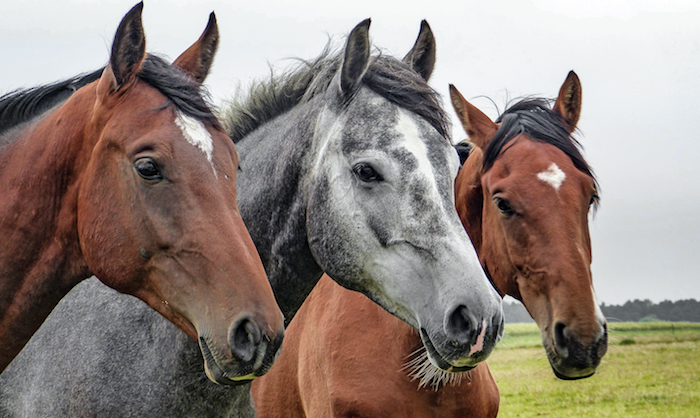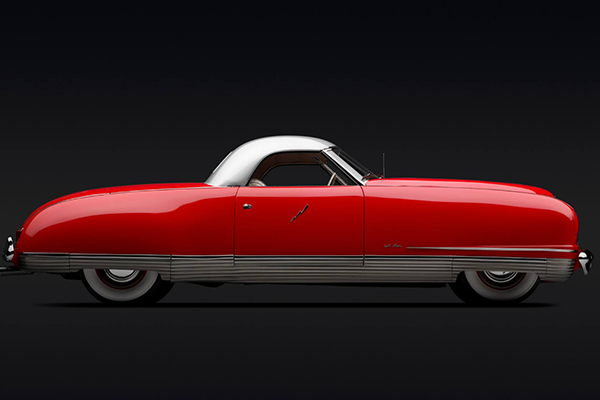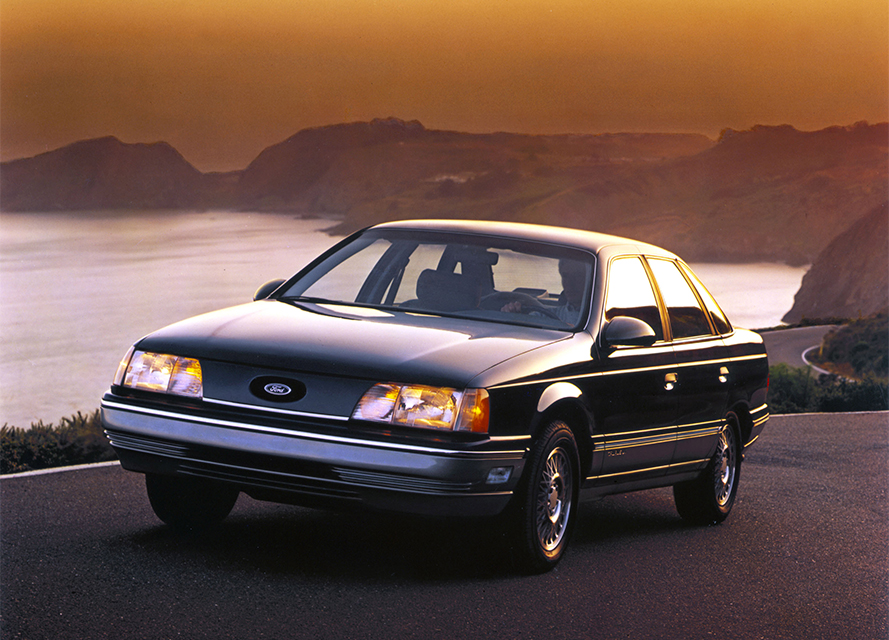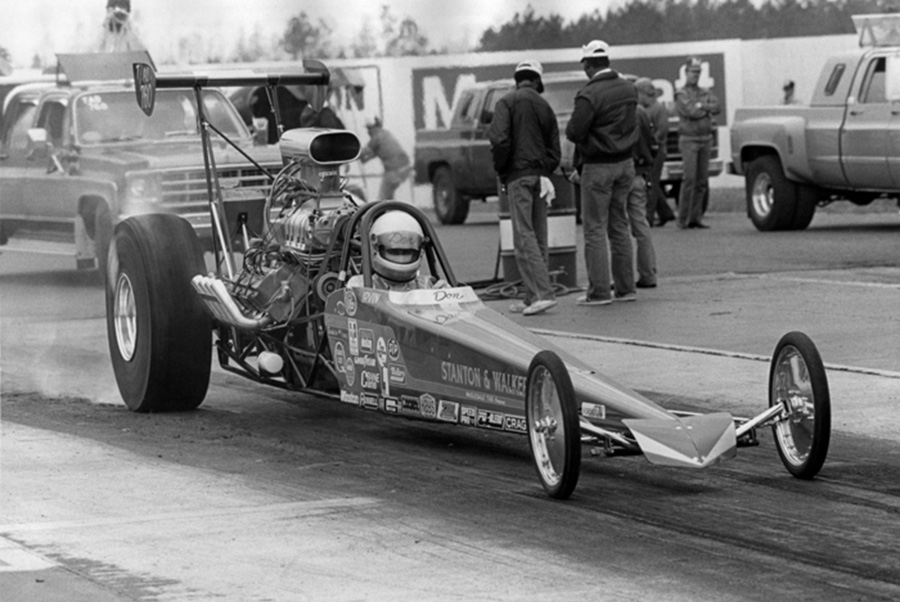In the late 70s, Chrysler was in deep trouble. The company was still marketing big, outdated, thirsty cars like the Cordoba and New Yorker, build quality was off, and sales were in the toilet. This was all happening, of course, during the second oil crisis of 1979 when the Japanese were making big inroads into the American market with fuel-efficient small cars. Things got so bad at Chrysler that in 1979, CEO Lee Iacocca (a former Ford exec) approached the federal government for a $1.5 billion bailout to keep the company from completely going under.

Enter the K-Car
Under Iacocca's leadership, Chrysler rolled out the Dodge Aries and Plymouth Reliant, collectively known as the K-cars, in 1981. The K-cars were small, inexpensive, fuel-efficient front-wheel-drive designs available in two-door, four-door, and wagon body styles. They were a complete departure from previous Chrysler products, and despite a rather stodgy style (including a bench seat and column shifter), K-car sales took off and the company was on its way to profitability again. Over the years, the company more than got its money's worth out of the K-car with variants like the LeBaron, New Yorker, Sundance, Dynasty and several others all sharing the same basic design. In the end, Chrysler paid off its government loan ahead of schedule and with full interest.
Inventing the Minivan

In the early 70s, Dodge introduced the B-series van, replacing the funky flat-front A100 van of the 60s. The B-series van was popular for commercial use and custom conversion vans, and went on to take 45 percent of the van market. Chrysler designers had something else in mind, though; they wanted a "garageable" van that could get station wagon buyers on board and would be completely new from the ground up.
As early as 1977, designers were working up sketches and clay models of the garageable van, but Chrysler executives didn't green-light any further development because Ford and GM didn't have a similar offering on the market. That might seem like backwards thinking, but the philosophy at the time was that if there was a market for a product, Ford and GM would already be on it.
With Iacocca at the helm in the early 80s, though, the front-wheel-drive Omni/Horizon and the K-car series were already in production. The design team behind the minivan concept presented the idea to Iacocca, who then went to the company's treasurer and was told there was no money for the project. Iacocca promptly fired the treasurer and came up with the money to move ahead on it—a bold move considering Chrysler was still having problems paying its bills at the time.
The basic criteria were pretty simple:
- Low floor height
- Car-like levels of noise/vibration/harshness
- Car-like ride quality
- Removable seats with enough floor space for a 4-by-8 sheet of plywood
- Good fuel economy
Originally, the project was under ownership of Dodge Truck, who took a pretty dim view of this non-truck-like vehicle. Dodge Truck was rolled into another engineering department, however, and drivetrain and suspension designs from the K-car could be adapted to the new minivan. The final product ended up borrowing interior trim pieces, instrument panels and many other bits from the K-car, and in 1984 the fully developed Caravan and Plymouth Voyager hit the market.
Come with us back to the 80s
The original Caravan came standard with a 97-horsepower version of the Chrysler 2.2 liter four-cylinder, with a Mitsubishi 2.6-liter four as an option. In '87, a Mitsubishi V6 was available, and then a Chrysler-built 2.5-liter four replaced the troublesome, leaky Mitsubishi engine. Chrysler's bulletproof 3.3-liter V6 came along in the late 80s (followed by a 3.8-liter iteration a few years later), along with the A604 UltraDrive four-speed electronically-controlled automatic. Unfortunately this transmission was trouble-prone and gave 90s-era Chrysler minivans a reputation for problems.
The Minivan Comes To Maturity
The reaction to the Caravan was positive and immediate, and Chrysler sold nearly a quarter-million units in its first year. It wasn't sexy or high-performance, but it was a comfortable and practical people-hauler that offered good fuel economy and an enhanced level of build quality from Chrysler. The Caravan had well-thought-out interior appointments and ergonomics, and suddenly families were piling into the minivans for soccer-shuttle service, grocery runs and vacations. Chrysler soon revived its Town and Country name for "the first luxury minivan," loaded with power options, leather upholstery and faux-woodgrain sides. In the first couple of years, the "Grand" option was offered, giving all models a longer wheelbase and more interior room.

Stow 'n Go seating in the 2019 Dodge Grand Caravan
More importantly, though, the Caravan invented an entirely new market segment where one hadn't existed before. There were small vans before, to be sure, but Dodge took aim and hit the target dead-on with the Caravan, and soon Ford, GM and the Japanese makers were all struggling to catch up. Even the earliest model years had well-thought-out ergonomic touches like numerous cubbies to hold small items, a sliding compartment under the passenger seat, pop-out cupholders and even rectangular cupholders in back, specifically to hold kids' juice boxes. Since then, Ford and GM have gotten out of the minivan game altogether and minivans have lost market share to SUVs, but there are still plenty of buyers for the Dodge/Chrysler line of minivans.

The Grand Caravan as we know it today
Now in its fifth generation, the Caravan platform was overhauled in 1991, 1996, 2001 and 2008. Each generation brought refinements like the ingenious Stow 'n Go seating system and corrected flaws in previous models, and there are many Chrysler minivans on the road with upwards of 200k miles on the odometer.
Perhaps not the most exciting car in the world but you can't deny it: the first Dodge Caravan was a trailblazer.
Tell us your minivan stories in the comments section!








